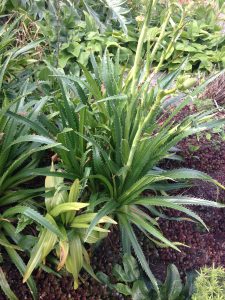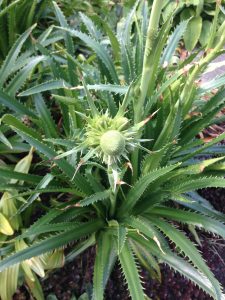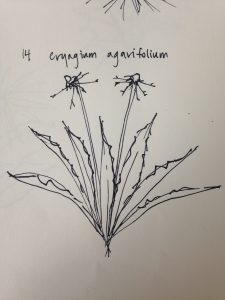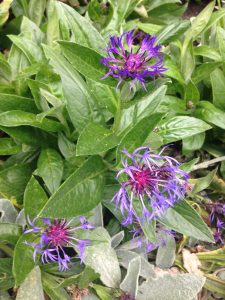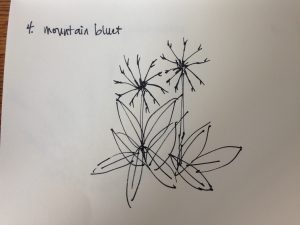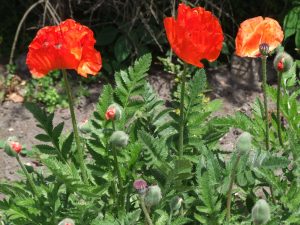
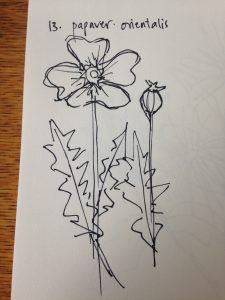
(google images)
Common name: Oriental poppy
Size, form, texture: height 45-60 cm, spread 45-60 cm, upright flowers with distinct green foliage which is not that attractive. Low clumping foliage with upright flower stems.
Hardiness, origin, native ecology: full sun, normal sandy or clay soil, don’t like shade, do not plant with opium poppy,
Bud, foliage, flower and fruit characteristics: huge satiny flowers in late spring or early summer, hairy leaves and stems, often red but can also get in pastel tone, short blooming season in early summer or late spring.
Cultural and maintenance requirements and appropriate uses in the landscape: Attracts butterflies and tolerates deer and rabbits, dies down completely so should plant with something that will come in succession after blooming period such as Rudbeckia, ferns, fall flowering grasses, or Russian sage. Cheerful when in bloom, symbolic of world war II remembrance day.
